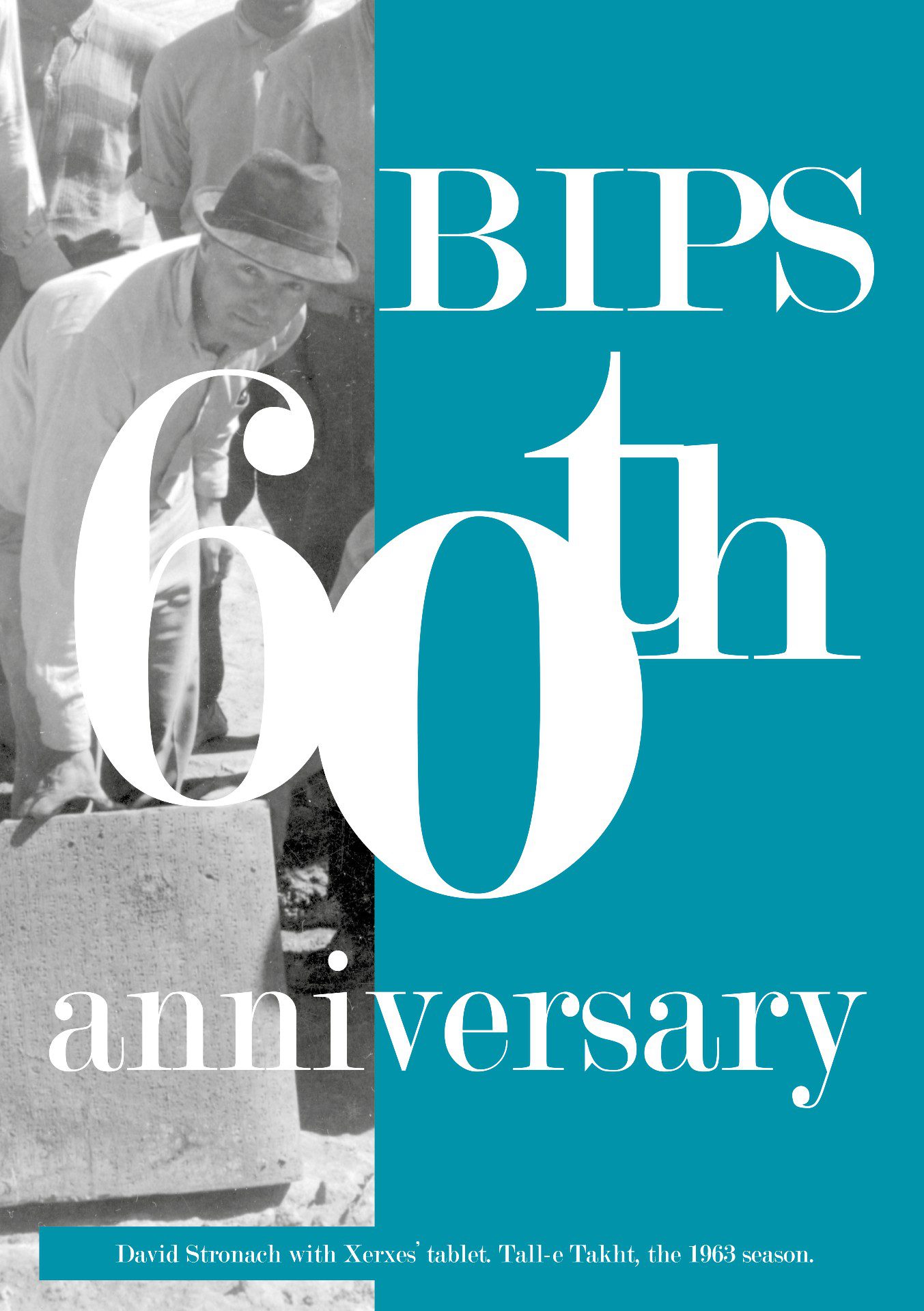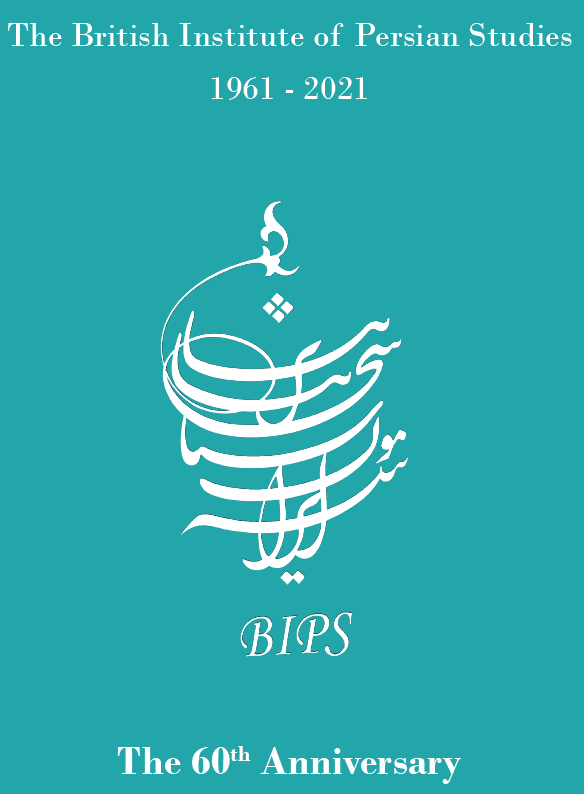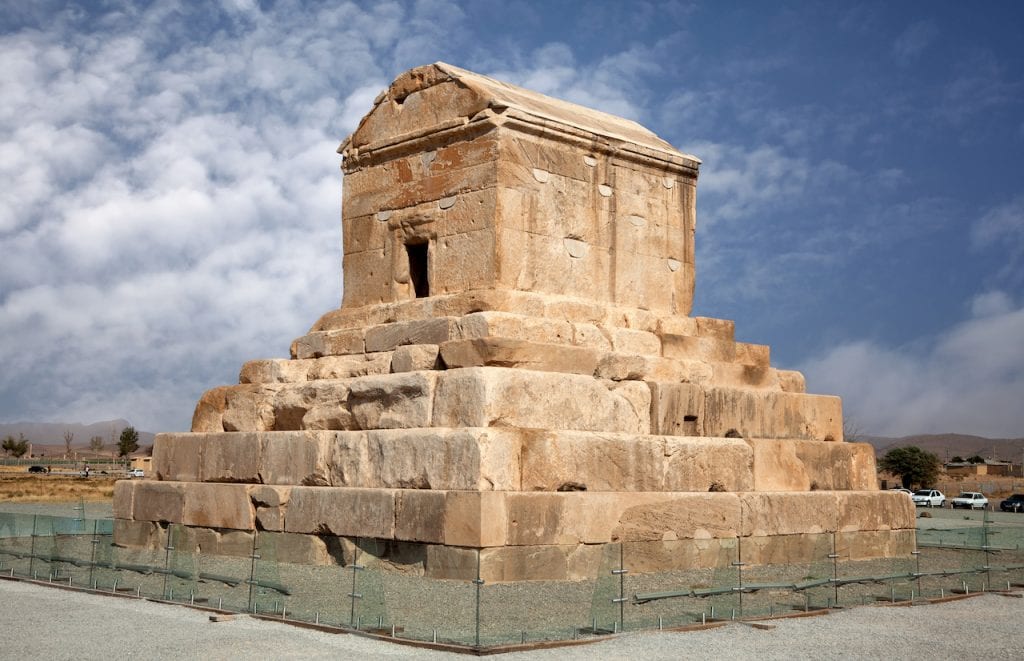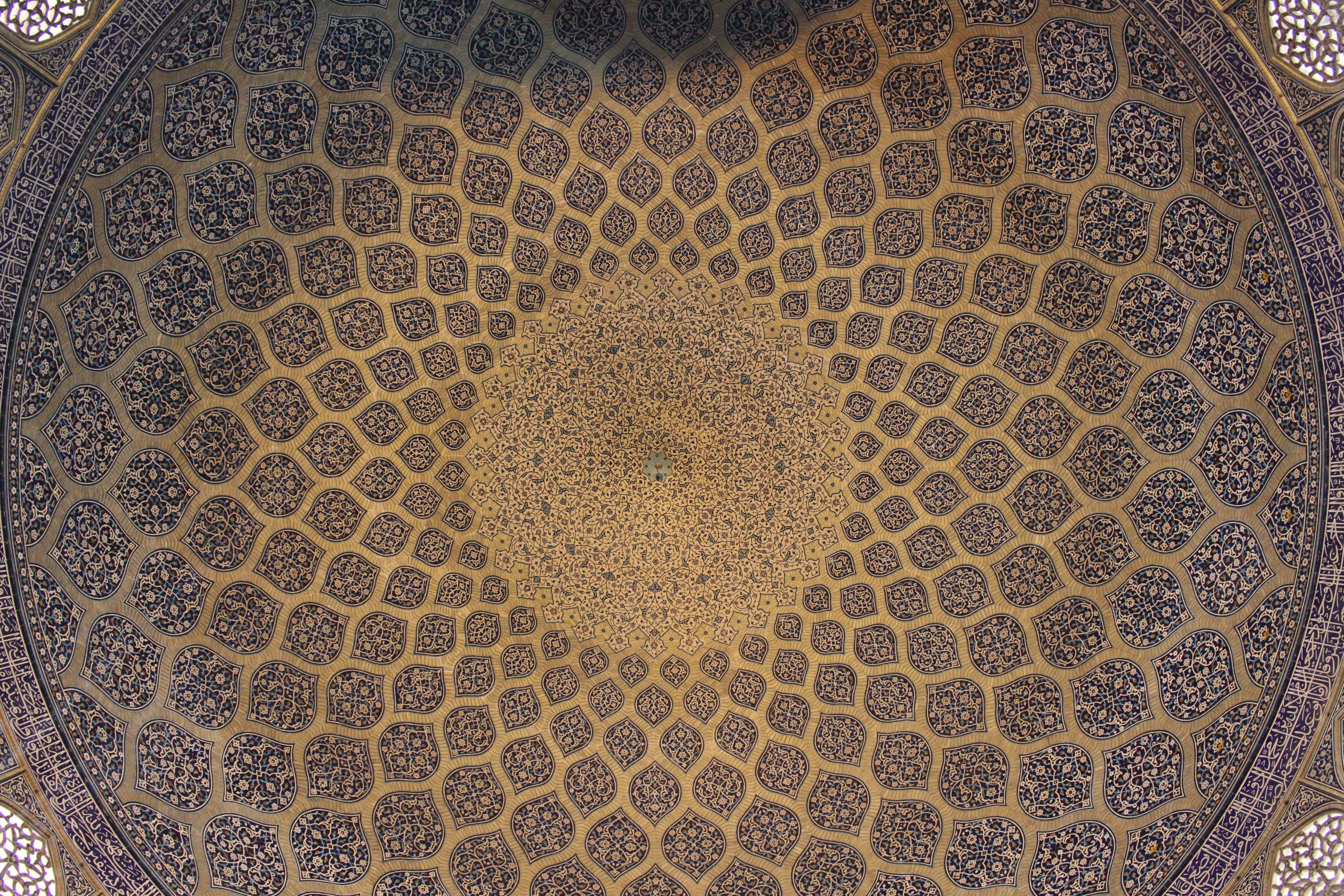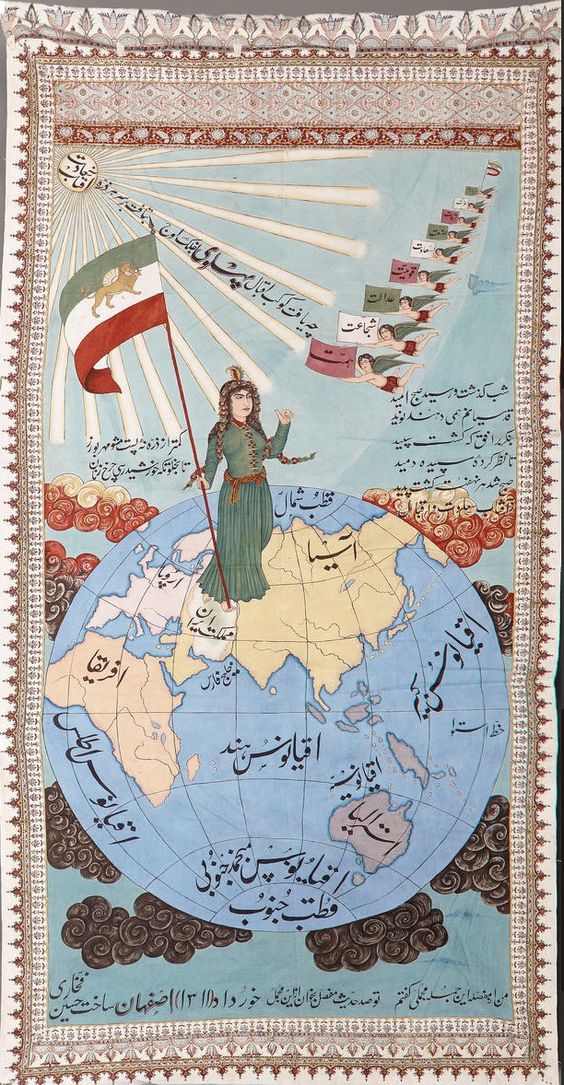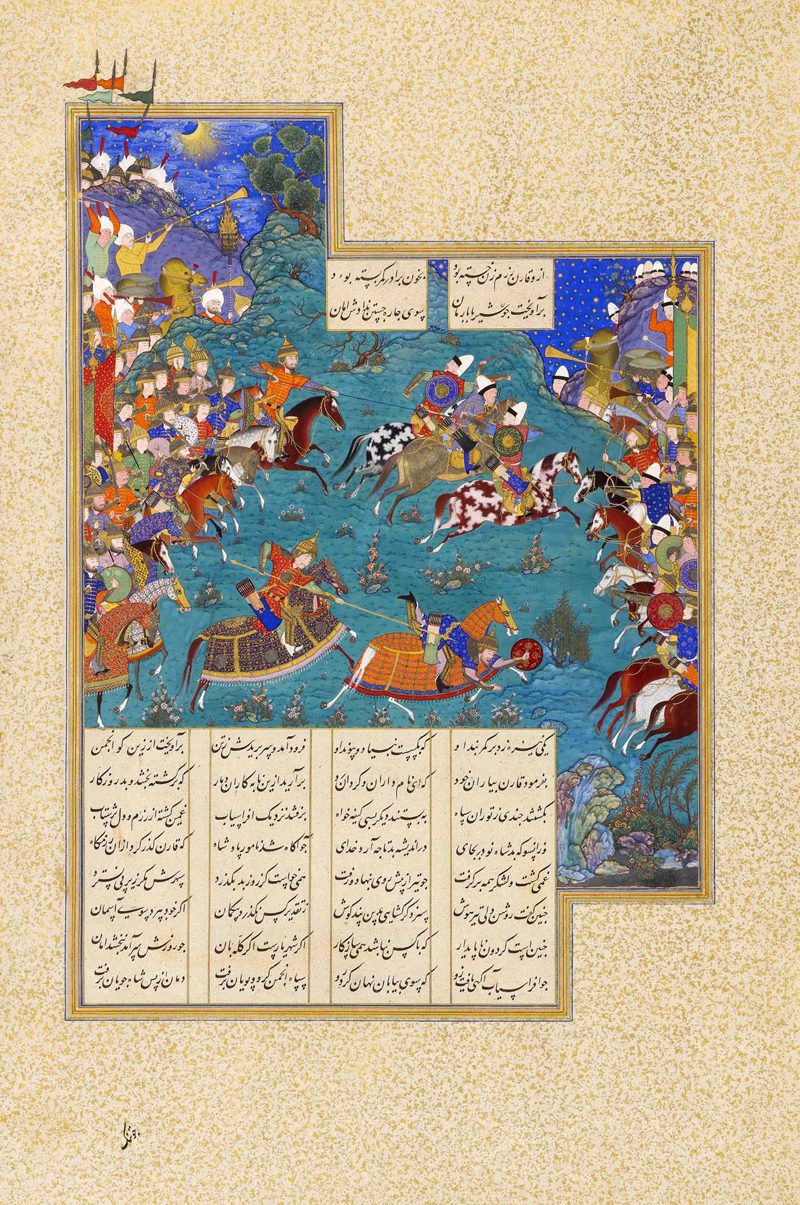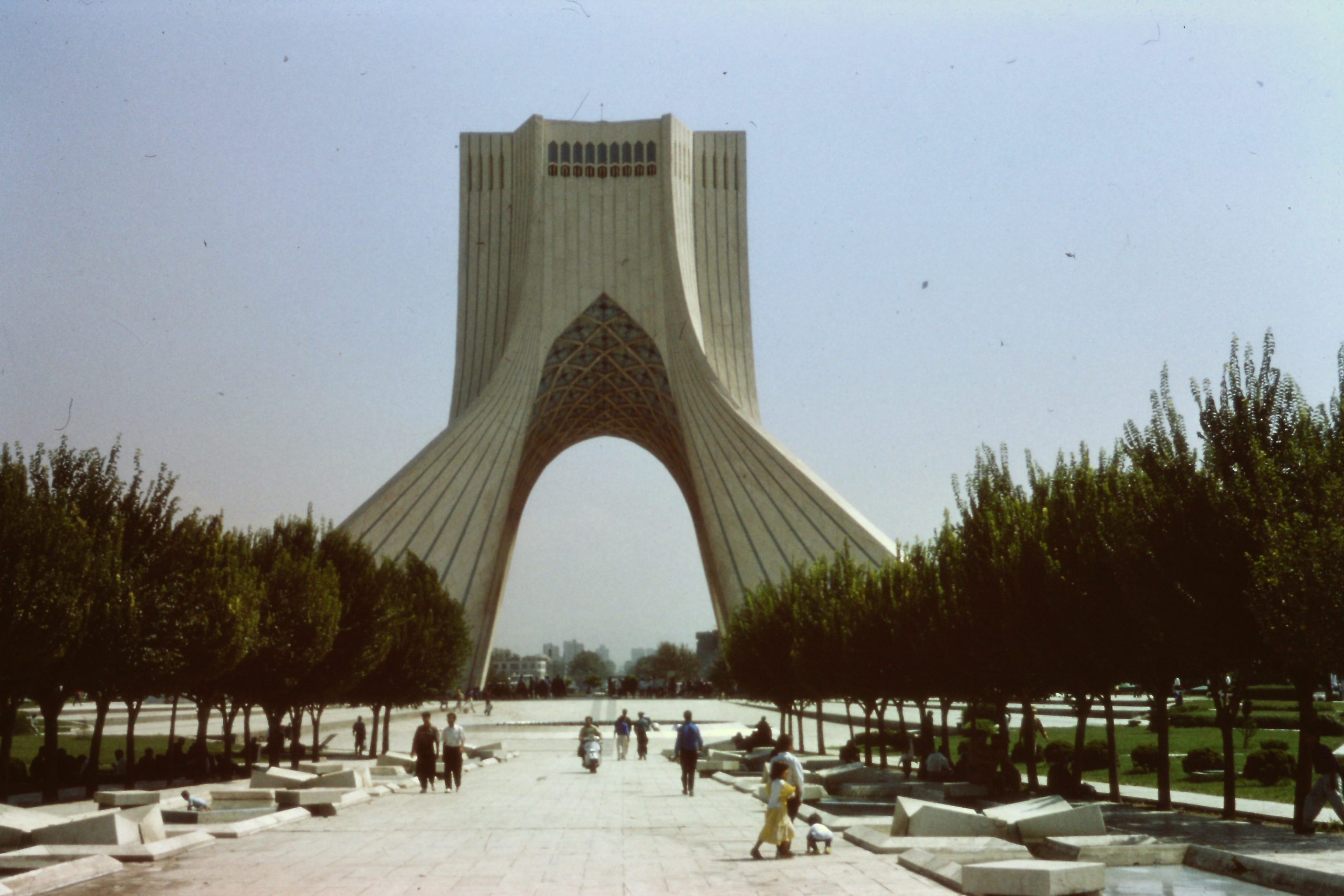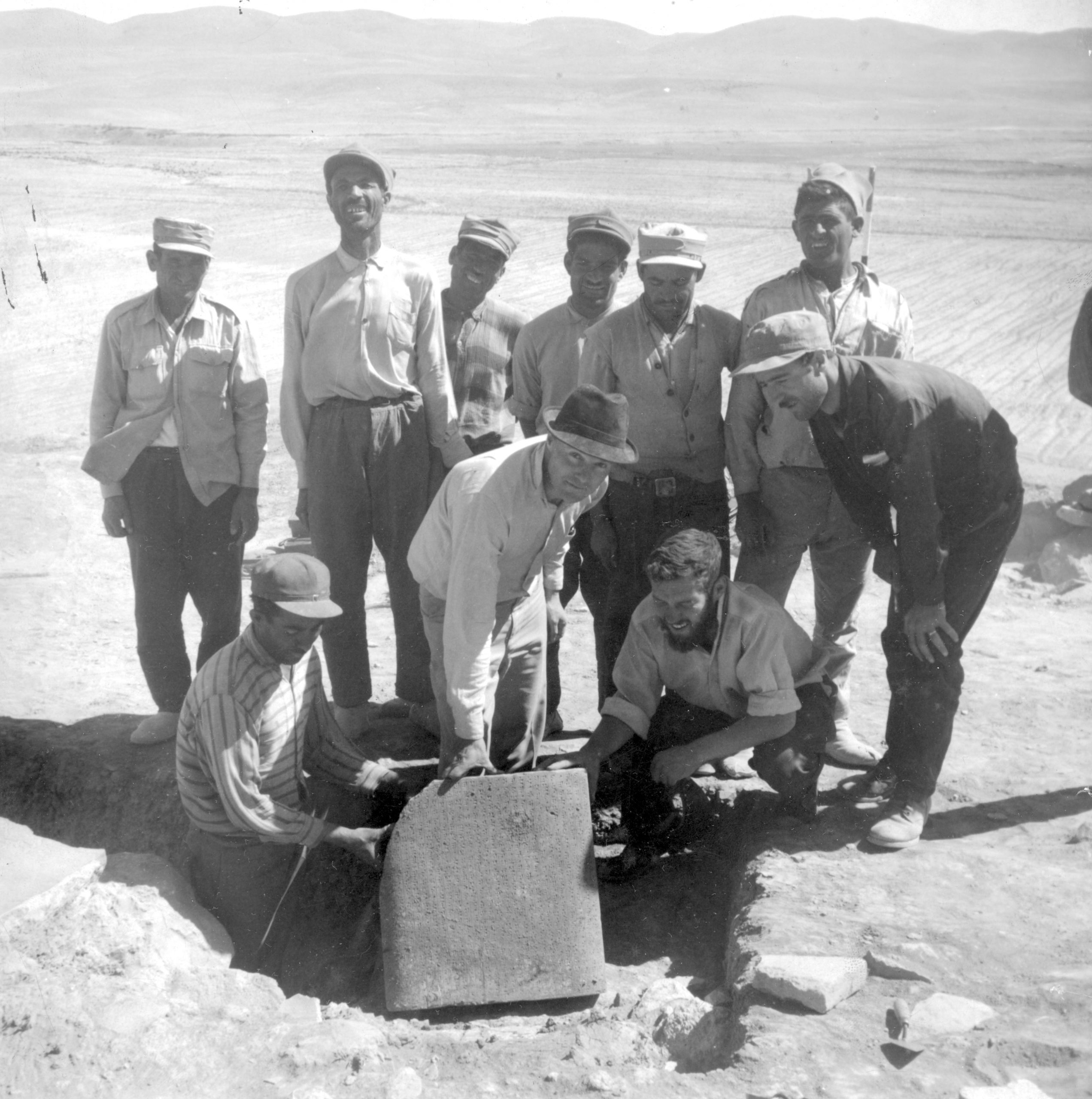BIPS 60th Anniversary
BIPS Anniversary Year
BIPS is celebrating its 60th anniversary this year, having been founded in 1961 on the initiative of several influential figures in field of Middle Eastern archaeology, Sir Max Mallowen, Sir Mortimer Wheeler and Sir Maurice Bowra, the latter President of the British Academy at that time. After a period housed in Takht-e Jamshid (Taleghani), BIPS moved to its own purpose-built Institute in Qolhak, north Tehran in 1977.
While an important thrust of BIPS’s work in Iran was inevitably archaeological, there has always been a strong interest in the arts and humanities and research in these areas is reflected throughout our journal, IRAN, from the first issues. The Institute is committed to fostering first-class research and promoting the study in the UK of Iran and the Persian cultural presence in the wider world.
Events planned for our anniversary year reflect the three main areas of our activities; the first recognises the spectacular florescence of the Iranian peoples’ artistic achievements over the millennia, in connection with the Epic Iran exhibition at the V&A. The second celebrates the foundational archaeological work done in Iran in the years before the Islamic Revolution in 1979, while the third area, acknowleding the continuing vibrancy of this cultural heritage in the work of contemporary artists and musicians, will be reflected in our November events. In addition to these events, we will host a roundtable discussion on the political and cultural dynamics in Iran around the time of the establishment of BIPS in the twentieth century.
All these events provide us with the opportunity to engage with our members and attract wider audiences and support for our activities, both in the UK and in the wider Persianate world.
The Future of BIPS
Despite the presence of over 100 million speakers of Persian and Iranian languages around the world, the long and complex history of Iran and the wider Persianate region and the wealth of its culture and religious traditions, only a handful of museums and an ever-shrinking number of university courses in the United Kingdom offer access today to this rich heritage.
BIPS’s role in championing the knowledge and understanding of this region is therefore more vital now than ever before and it seeks to strengthen its activities across the UK . In the future the Institute aims to play a crucial role by focussing its research programmes not only on Iran but also on other regions of the wider Persianate world.
Support BIPS Research and Activities
BIPS’s activities and objectives are currently supported by a small working budget that comes mostly from the UK government Department for Business, Energy & Industrial Strategy via The British Academy.
To achieve its short-term and long-term objectives, BIPS is, however, also reliant on the support of its members and others sharing their interest in the Persianate world.
To celebrate its 60th Anniversary, BIPS has adopted a programme of ambitious projects over the next three years and is launching a fundraising campaign to support it. Members and supporters of BIPS can find information about these projects and how to support them in the Anniversary Brochure.
Anniversary Events
Expand for event details
Approaches to Iranian Art: In Conversation with Robert HilleNbrand and Bernard O'Kane
Approaches to Iranian Art:
In Conversation with Robert Hillenbrand and Bernard O’Kane
DATE:
29 July 2021
TIME:
5 – 6PM BST
LOCATION:
Zoom webinar
A webinar in celebration of BIPS 60th anniversary, centered around the Epic Iran exhibition at the V&A
Please join us online for a webinar featuring Professors Robert Hillenbrand and Bernard O’Kane for a conversation. Moderated by Dr Richard McClary, the two speakers will address some of the grand themes and major issues in the study of Iranian art and architecture, particularly, but not limited to, the Islamic art of the medieval period.
As two of the leading figures in the field, with extensive experience both in Iran and working with material in all the major international collections, Robert Hillenbrand and Bernard O’Kane bring many decades of knowledge and experience to the conversation.
Forming part of the 60th anniversary celebrations of the British Institute of Persian Studies, the discussion will be based on some of the objects and themes included in the Epic Iran exhibition, and this webinar is an extension of the tour of the exhibition taking place in London in the morning, and the webinar open to anyone in the world who wants to join the event remotely.
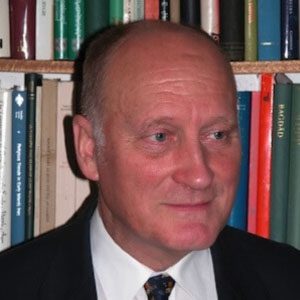
Speakers Info
Robert Hillenbrand, MA, DPhil, FBA, FRSE, was appointed to an Honorary Vice President in 2008. He is the Chairman of the Academic Council of the Iran Heritage Foundation in London, Professor Emeritus of Islamic Art at the University of Edinburgh and Honorary Professorial Fellow of Islamic Art at the University of St Andrews.
He is actively engaged in research projects in Persian painting, Islamic iconography and Islamic architecture, notably of Syria and Iran. He taught at the University of Edinburgh for thirty-six years and has published more than 160 articles as well as nine books.
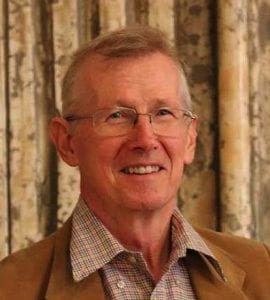
Bernard O’Kane is Professor of Islamic Art and Architecture at the American University in Cairo, where he has been teaching since 1980. He has also been a visiting professor at Harvard University and the University of California at Berkeley. He is the author of eleven books, among the most recent being Studies in Persian Architecture (2021) and Mosques: the 100 Most Iconic Islamic Houses of Worship (2019).
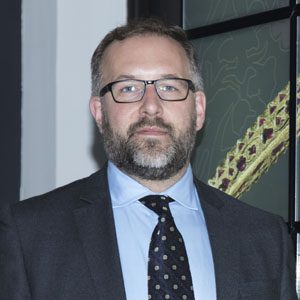
Richard Piran McClary is a lecturer in Islamic Art and Architecture at the University of York. He received his doctorate from the University of Edinburgh in 2015. He has lectured extensively on the topic of Medieval Islamic architecture around the world and has conducted fieldwork in India, Turkey, Central Asia and the Middle East. He held a Leverhulme Trust Early Career Fellowship at the University of Edinburgh from 2015 to 2018, examining the surviving corpus of Qarakhanid architecture in Central Asia.
His first monograph, entitled Rum Seljuq Architecture 1170-1220. The Patronage of Sultans was published by Edinburgh University Press in 2017, and his second, Medieval Monuments of Central Asia. Qarakhanid Architecture of the 11th and 12th Centuries, also with EUP, came out in 2020. He has co-edited a volume with Andrew Peacock, entitled Turkish History and Culture in India, Identity, Art and Transregional Connections (Brill, 2020), as well as numerous articles and book chapters on the topic of medieval Islamic architecture and ceramics.
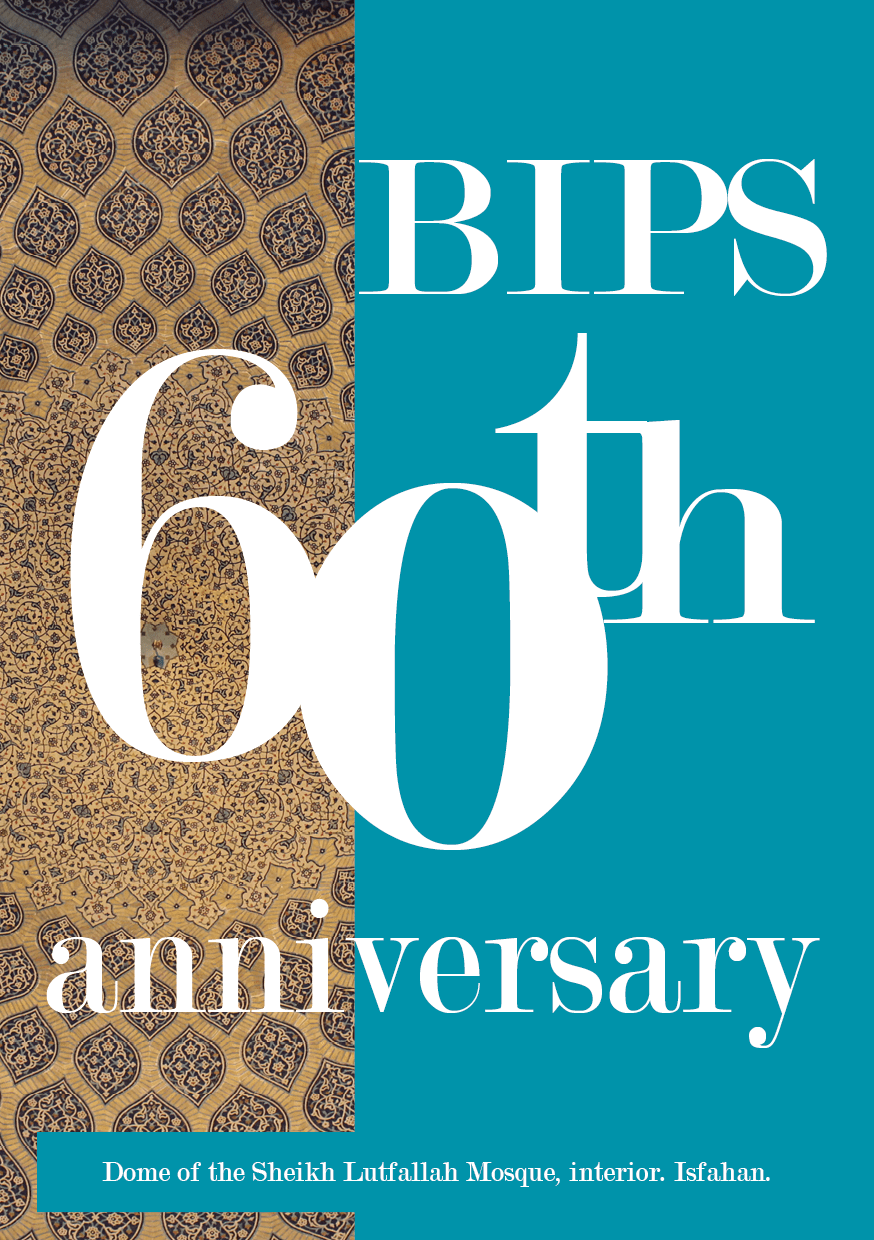
Approaches to Iranian Art
Champagne breakfast and private viewing of the exhibition Epic Iran
Champagne breakfast and private viewing of the exhibition Epic Iran
DATE:
30 July 2021
TIME:
8:30 – 10 AM
LOCATION:
Victoria and Albert Museum, Exhibition Rd entrance, London SW7 2DA
NOTES:
Members only
To open the celebrations for its 60th anniversary, BIPS invites you to a special members-only champagne breakfast and private view of the iconic Epic Iran exhibition at the V&A. The event will take place on 30th July.
During the breakfast, which will take place in the beautiful tiled café of the museum, Dr John Curtis will introduce the exhibition.
Members will be then invited to enjoy a viewing of the exhibition before the opening of the museum to the public.
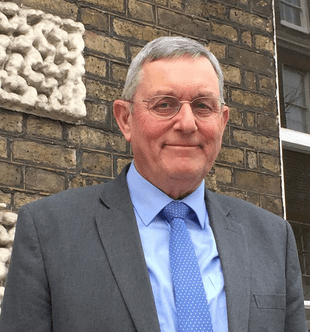
Speaker Info
John Curtis was Keeper of the Middle East Department at the British Museum 1989-2011. He is presently Chief Executive Officer of the Iran Heritage Foundation, President of the British Institute for the Study of Iraq, and a Trustee of the Honor Frost Foundation.
He specialises in the archaeology and history of Iraq and Iran c. 1000-330 BC and has written or edited 23 books and more than 100 articles. He directed excavations at eight different sites in Iraq on behalf of the British Museum between 1982 and 1989, including the important Assyrian sites of Khirbet Qasrij, Khirbet Khatuniyeh, Nimrud and Balawat. He has also curated a number of significant exhibitions including ‘Art and Empire: Treasures from Assyria in the British Museum’ that was shown at nine different venues worldwide, ‘Forgotten Empire: The world of Ancient Persia’ at the British Museum 2005-6, ‘The Cyrus Cylinder’ at the National Museum, Tehran, 2010-11, and ‘The Cyrus Cylinder and Ancient Persia’ that was shown at five different US museums in 2013.
He was the first Western archaeologist to enter the Iraq Museum after the looting in 2003, and since then has played an active role in attempts to protect the cultural heritage of Iraq.
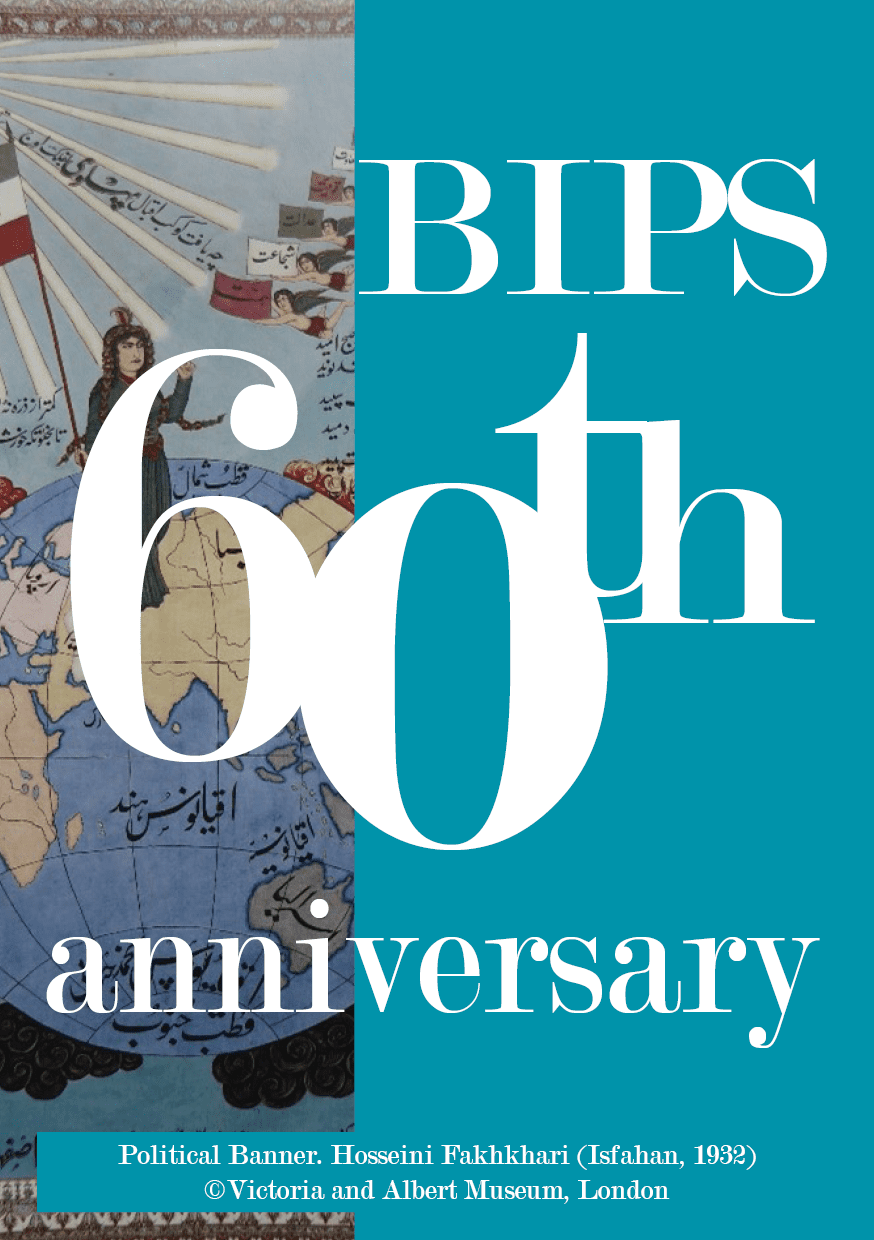
Reflections on Pahlavi Iran: roundtable on 60th Anniversary of BIPS
Reflections on Pahlavi Iran: roundtable on 60th Anniversary of BIPS
DATE:
15 September 2021
TIME:
4-5:30 PM BST
LOCATION:
Zoom webinar
Please join us online for a roundtable discussion with Professor Ali Ansari, Dr Evaleila Pesaran, and Dr Robert Steel and chaired by Dr Shabnam Holliday.
Based on their own research on the Pahlavi period, the panellists will reflect on the dynamics in Iran around the time of the establishment of the British Institute of Persian Studies.
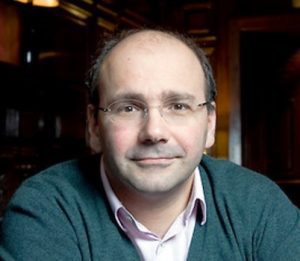
Speakers Info
Ali M. Ansari, PhD (SOAS), FRAS, FRSE, served as BIPS President from 2013-2017.
He is Professor of Iranian History and the Founding Director of the Institute for Iranian Studies, University of St Andrews, Member of the Academic Council at Iran Heritage Foundation, and Senior Associate Fellow of the Royal United Services Institute.
He has written more than five books and his research interests include the development of the state in Iran; historiography, ideology, myth and nationalism; social and intellectual history; and Iran’s relations with the West.
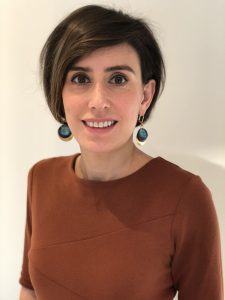
Evaleila Pesaran is a Fellow and Lecturer in Politics and International Relations at Murray Edwards College, University of Cambridge.
She is the author of Iran’s Struggle for Economic Independence: Reform and Counter-Reform in the Post-Revolutionary Era (Routledge, 2011). Dr Pesaran is interested in international hierarchies and the impacts of foreign economic involvement in the Global South, with a particular focus on Iran.
Her current research project focusses on the place of oil in Iran’s international relations, looking at both the pre- and the post-revolutionary periods.
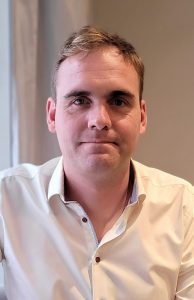
Robert Steele is a Postdoctoral Fellow in Modern Iranian History in the Department of Near Eastern Languages and Cultures at the University of California, Los Angeles.
He holds a PhD from the University of Exeter’s School of Arab and Islamic Studies, completed under the supervision of Michael Axworthy, and an MPhil from the University of Manchester. His first book, titled The Shah’s Imperial Celebrations of 1971: Nationalism, Culture and Politics in Late Pahlavi Iran, was published by I.B. Tauris in 2020.
His current research project explores the political and cultural connections between Iran and Sub-Saharan Africa during the Pahlavi period.
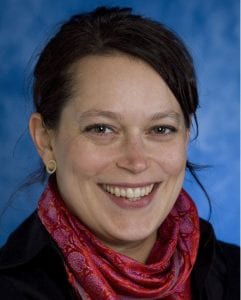
Shabnam Holliday is Associate Professor in International Relations at the University of Plymouth. She completed her PhD on Iranian national identity discourses (2008) at the Institute of Arab and Islamic Studies, University of Exeter, under the supervision of Professor Ali Ansari and Professor Nadje al-Ali. She was awarded the six-month Residential Post-doctoral BIPS fellowship in 2007/8. In 2014, she was a Visiting Fellow at the Centre for Political Thought, University of Exeter.
Her publications include Defining Iran: Politics of Resistance (Routledge, 2011) and ‘Populism, the International and Methodological Nationalism: Global Order and the Iran–Israel Nexus’, Political Studies, 2020. She is the co-editor (with Philip Leech) of Political Identities and Popular Uprisings in the Middle East (Rowman and Littlefield International, 2016).
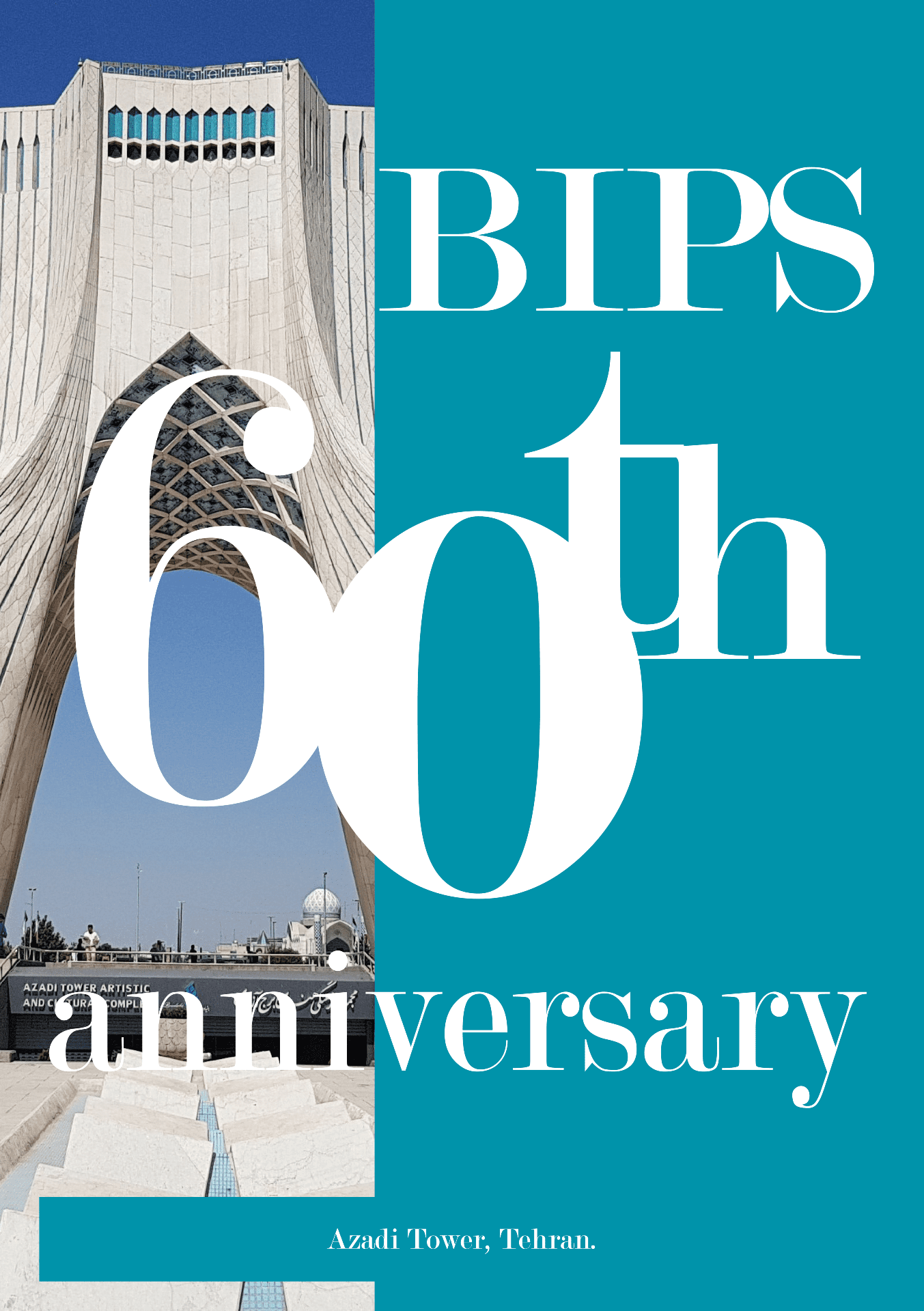
BIPS's contribution to Iranian archaeology of the 1960s and 1970s: an evening dedicated to Professor DaviD Stronach
BIPS’s contribution to Iranian archaeology of the 1960s and 1970s: an evening dedicated to Professor David Stronach
DATE:
21 September 2021
TIME:
6-9 PM BST
LOCATION:
The British Academy, 10 Carlton House Terrace, London SW1Y 5AH
This evening, dedicated to the late Professor David Stronach, will focus on BIPS’s contribution to Iranian archaeology.
First, there will be a short film about Professor Stronach’s major excavations in Iran during the 1960s and 1970s after which a panel comprising Professor Michael Roaf, Professor Rémy Boucharlat, Dr Ali Mousavi and Dr Cameron Petrie, chaired by Dr Vesta Sarkhosh Curtis, will discuss the impact of David Stronach’s work on Iranian archaeology and archaeologists now and then.
The panel discussion will be followed by a reception.
The panel discussion will be streamed on Zoom and the BIPS Facebook page. To attend the panel discussion remotely, please use the Register button or join on Facebook on the day.
A few places have been set aside for members to join the event in person. Anyone wishing to attend should contact BIPS Executive Officer, Louise Hosking. Places will be allocated on a first-come, first-served basis.
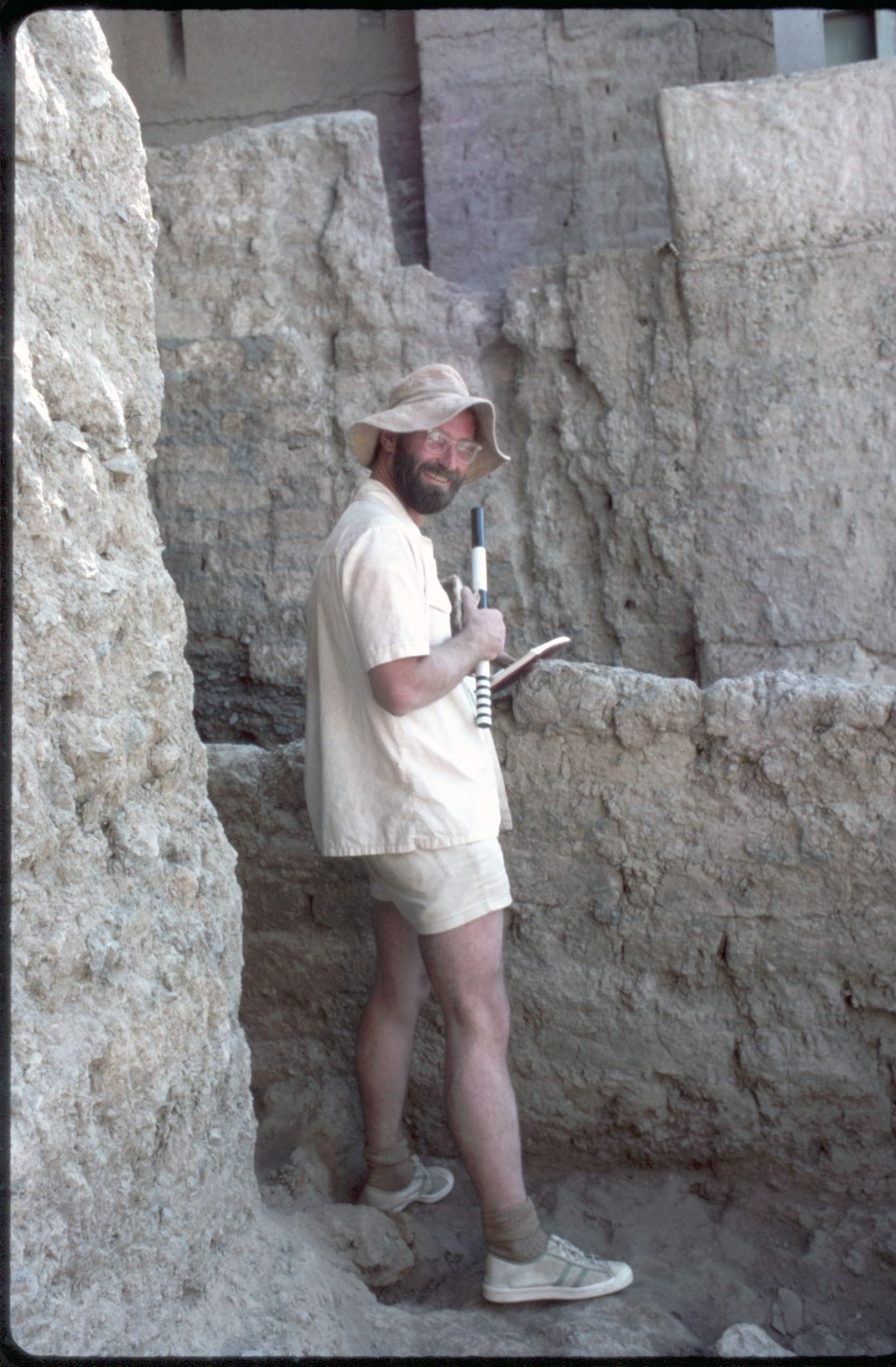
Speakers Info
Michael Roaf first visited Iran in 1967 to work with David Stronach on the excavations at Tepe Nush-i Jan. As a result he changed his studies from Mathematics to Near Eastern Archaeology. He wrote his doctoral thesis on Sculptures and Sculptors at Persepolis.
He was Director of the British School of Archaeology in Iraq and has excavated in many countries of the Middle East. From 1995 to 2012 he was Professor for Near Eastern Archaeology in Ludwig-Maximilians-Universität, Munich, Germany.
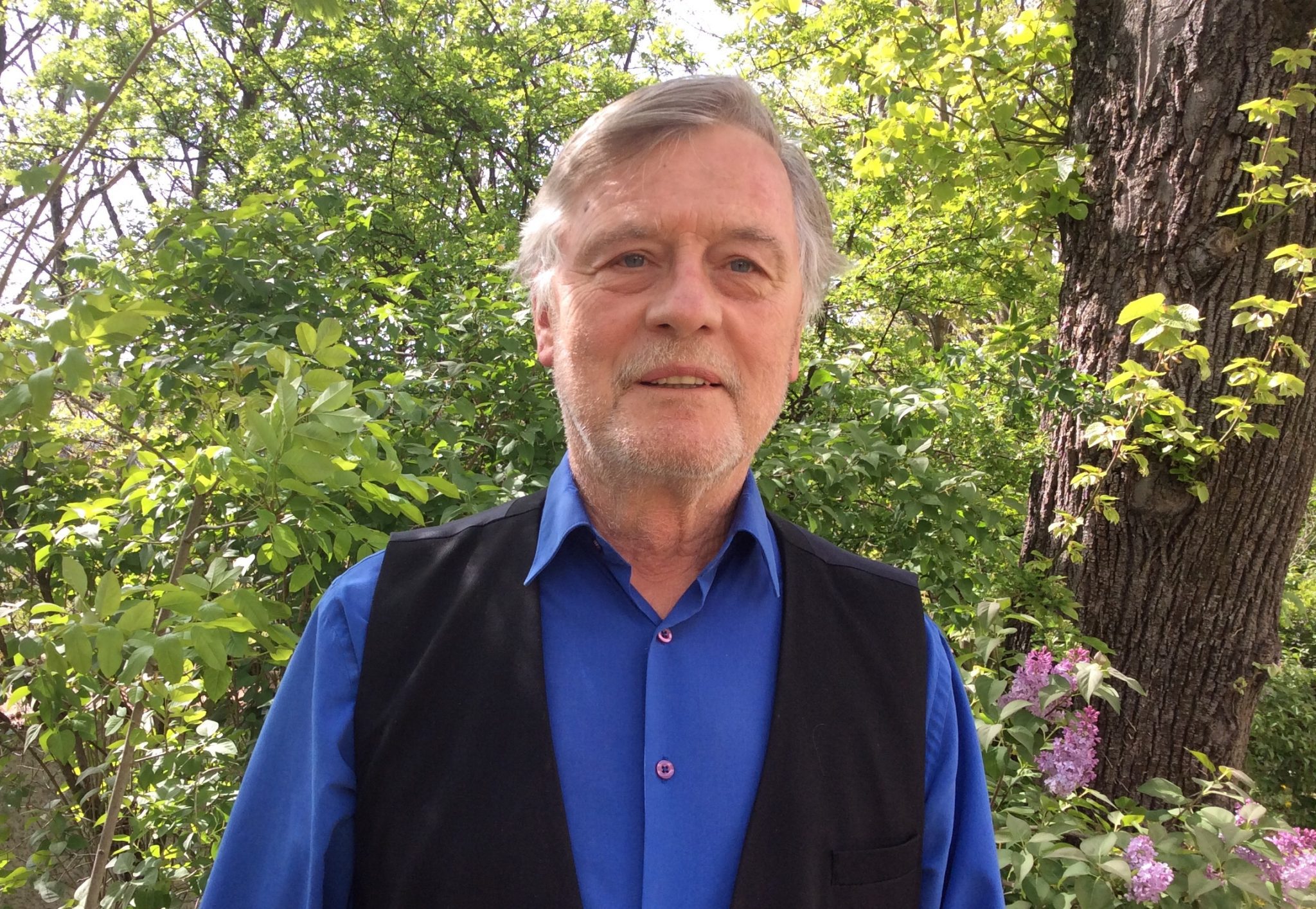
Rémy Boucharlat is an archaeologist, Emeritus Senior Researcher at the CNRS (Centre National de la Recherche Scientifique at Université de Lyon, France).
His research has mainly focused on the history and archaeology of the Great Empires in Iran, from the Achaemenids to the Sassanids. In the 1970s, he excavated in Iran, especially in Susa and directed excavations in the United Arab Emirates in the 1980s and later in Central Asia. Between 1999-2009, he conducted surveys and rescue excavations in the Pasargadae and Persepolis areas. He has been the director of the French Institute of Research in Tehran, devoted to Social Sciences and the director of the Institute of Middle Eastern Studies within the University of Lyon.
Since ca. 2000, he has been the co-editor of two journals on the Iranian World, Studia Iranica and Abstracta Iranica. He co-authored two books, co-edited conferences and wrote some 140 papers: excavation reports, studies on ancient sites and their landscape, urbanism and ancient irrigation techniques.
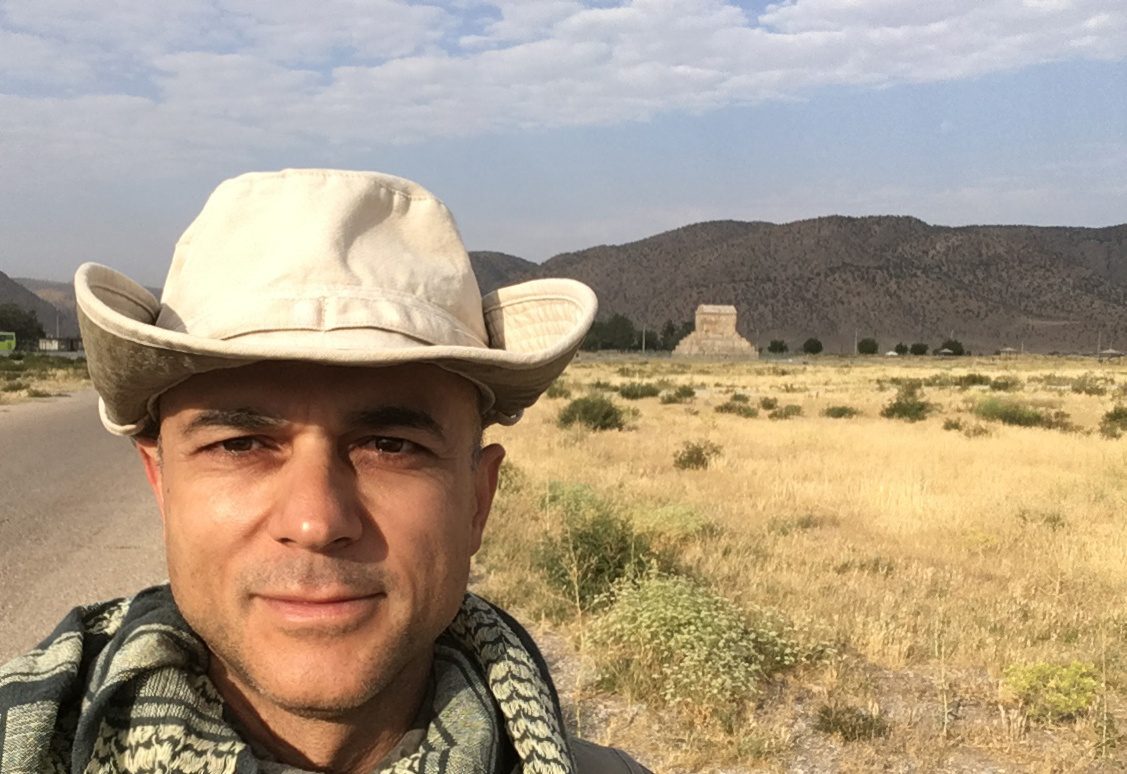
Ali Mousavi studied in Lyon, France, and took his B.A. in Art History, and his M.A. in Archaeology from the University of Lyon, France. He obtained his Ph.D. in Near Eastern archaeology from the University of California, Berkeley. He excavated in France, Turkey, and Iran, and contributed to the nomination of a number of archaeological sites and monuments on the World Heritage List of UNESCO.
He is the author of Persepolis: Discovery and Afterlife of a World Wonder, and, with David Stronach, co-edited Ancient Iran from the Air. He has published on various aspects of Iranian art and archaeology, and holds a particular interest in the archaeology of Iranian Empires, from the Achaemenids to the Sasanians, and the history of archaeology in Iran and the Near East.
He worked as a curator of Ancient Near Eastern Art at the Los Angeles County Museum of Art from 2006 to 2013. He directed three seasons of archaeological excavations at the site of Pasargadae. He is now the director of the Archaeological Gazetteer of Iran project in the Pourdavoud Center for the Study of the Iranian World at the University of California, Los Angeles.
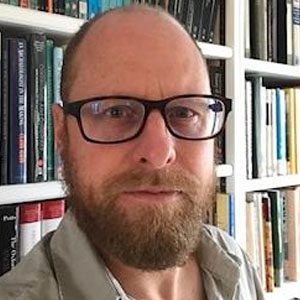
Cameron Petrie conducts research on the archaeology of Iran, Pakistan and India, and has been with the Department of Archaeology in Cambridge since 2005, when he became the Research Councils UK Fellow in South Asian and Iranian Archaeology.
He was appointed as a Lecturer in 2010, Senior Lecturer in 2014 and Reader in 2016. Prior to starting in Cambridge, he was the Katherine and Leonard Woolley Junior Research Fellow at Somerville College Oxford (2003-2006) and was appointed to that position after finishing his PhD at the University of Sydney (1998-2002).
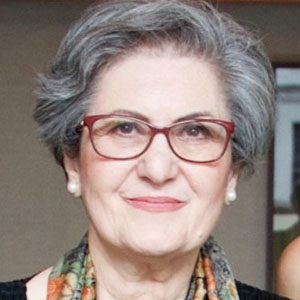
Vesta Sarkhosh Curtis obtained her PhD from University College London on Parthian art. She was Joint Editor of the Journal IRAN (1983-2003), Secretary of BIPS (1998-2003), President of BIPS (2006-2011) and Secretary of the Royal Numismatic Society (2005-2010). She is a member of the Academic Committee of the Iran Heritage Foundation (IHF). She is Vice-President of BIPS.
She was appointed Curator of Middle Eastern Coins in the Department of Coins and Medals, The British Museum in 2005. With Dr Michael Alram, Vice-President of the Austrian Academy in Vienna, she is the Joint Director of the International Parthian Coin Project, The Sylloge Nummorum Parthicorum (SNP).
She has published extensively on ancient Persian coins, art and culture and is particularly interested in religious and royal iconography. She has curated a series of small exhibitions at the British Museum and also contributed to the British Museum’s Cyrus Cylinder exhibition in Tehran, Houston and Mumbai.
